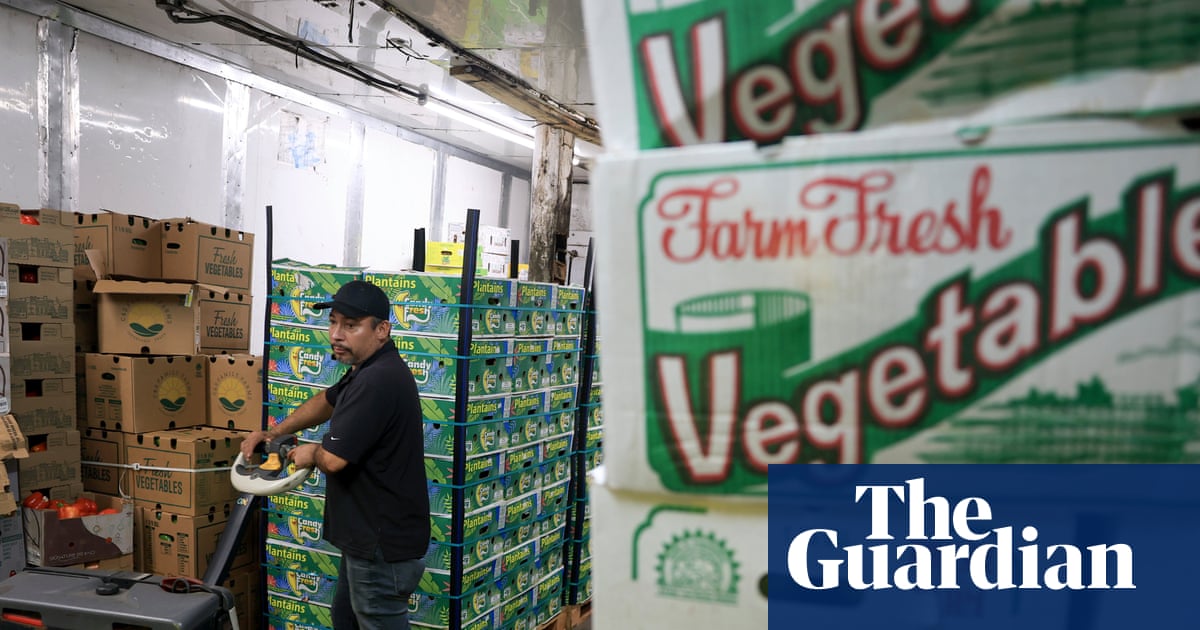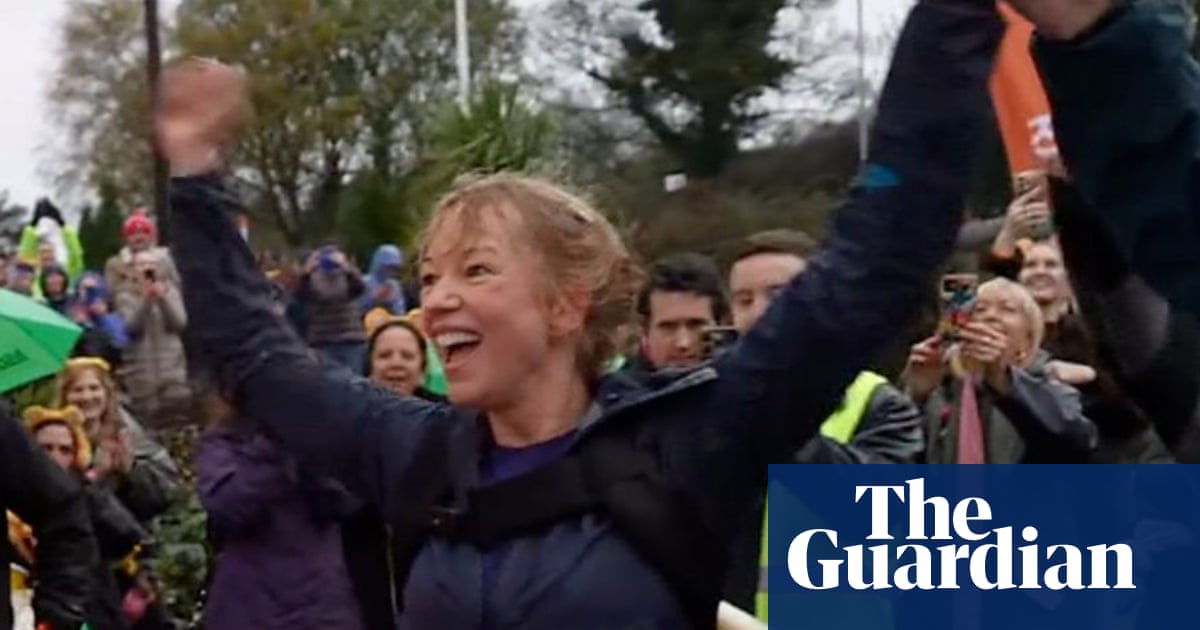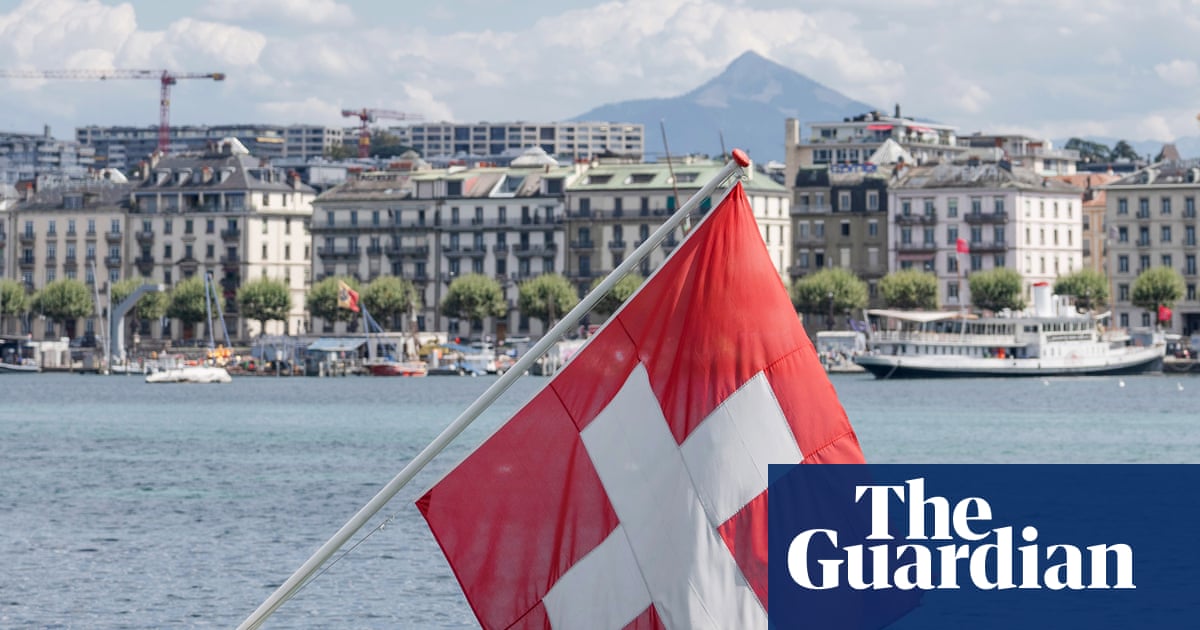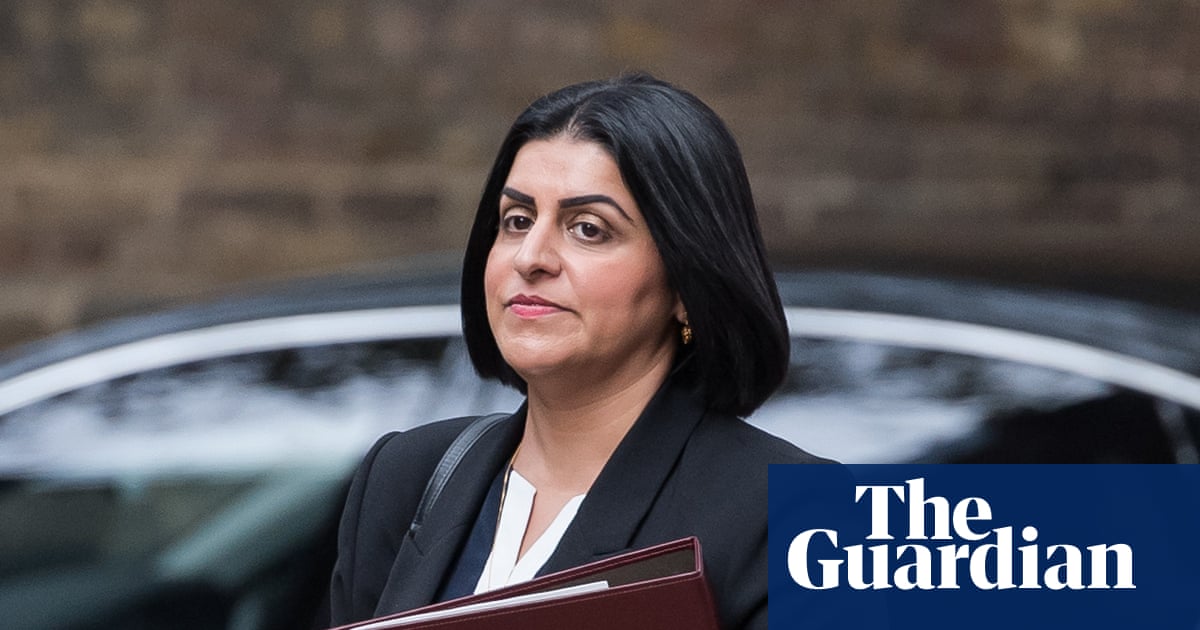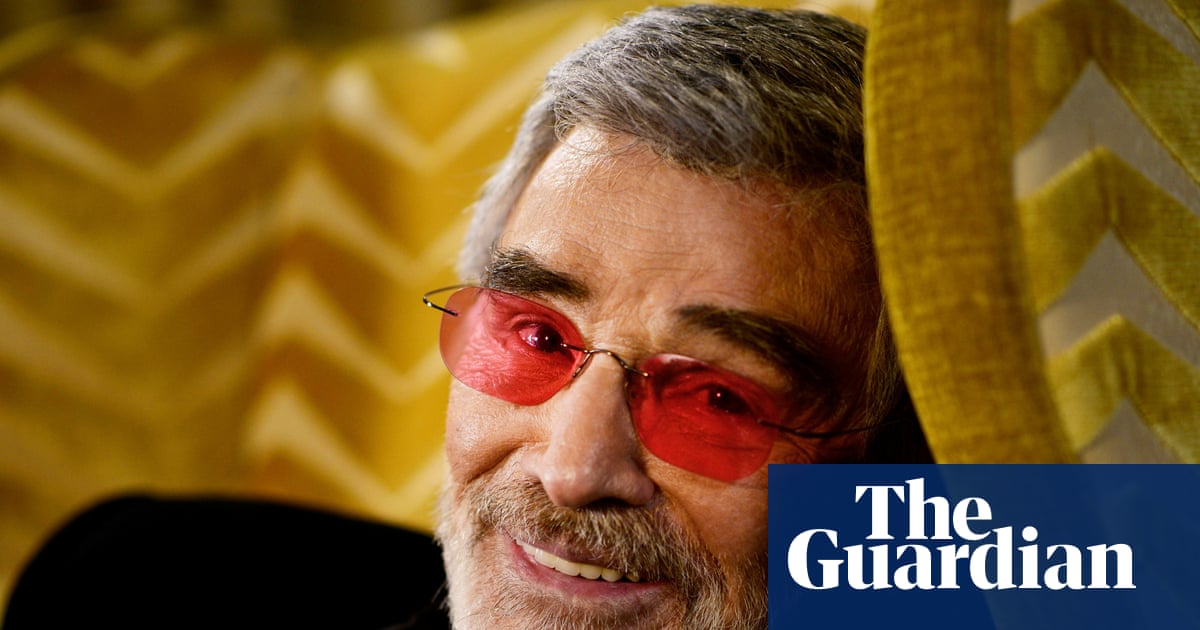Scientist Katy Soapi’s earliest memories are of the sea. She grew up on Rendova, a lush island in western Solomon Islands, and life centred around the ocean.
“I remember when the big waves came, we would dive under them and come up laughing on the other side. Being part of those natural elements brought me so much joy.”
At school, she excelled in chemistry and would later go on to study medicinal plants, fascinated by the possibility that nature could hold cures for modern diseases. She studied in Fiji, Australia and the UK and later became the first woman from Solomon Islands to achieve a PhD in natural sciences.
Yet Soapi kept being pulled back to her first love – the ocean. And what would end up being her most personal and satisfying work, defending one of the Solomon Islands’ most precious places, Tetepare island.
The fight for Tetepare
In the mid-1990s, the sound of chainsaws echoed through the forests of Solomon Islands as commercial logging swept across the country. Soapi had watched Rendova fall to the axes of loggers. Rivers once crystal clear turned brown with silt, and the forest songs of birds and insects faded into silence.
When whispers began that Tetepare might be next, the people of Western Province felt they were facing more than an environmental threat. Tetepare was tabu – sacred ground, home to ancestral gardens, burial sites, and memories etched deep into the soil.
“To lose Tetepare would have been like losing part of ourselves,” Soapi says. “It wasn’t just about trees any more, it was about identity and heritage.”

Soapi joined others to resist logging and dedicated her spare time to the movement. Then a university student, Soapi was a founding member of the Friends of Tetepare, a grassroots movement that later evolved into the Tetepare Descendants’ Association (TDA).
“We worked with everyone on the island to conserve Tetepare, writing letters to certain individuals telling them not to do this,” she says.
They lobbied governments and rallied international allies to block logging concessions. The campaign was relentless. Soapi worked diligently, connecting descendant groups and holding meetings across villages – all united by a shared purpose: to keep Tetepare wild. The logging company tried to sway some families with money but people stood firm – and they made sacrifices to prove their commitment.
Soapi acted as a bridge between tradition and emerging conservation science.
“We needed both – the knowledge of our ancestors and the tools of science to show the world why Tetepare mattered.”
Their fight attracted global attention and in the 1990s a film crew arrived to document the story. Years later, the Australian documentary Since the Company Came carried Tetepare’s struggle to the world.
“That was when we realised the world saw what we had. We had to protect it – not just for ourselves, but for everyone.”
Their fight paid off and no company was allowed to log Tetepare at the time. Today, it remains one of the last untouched places in Solomon Islands. It is managed by the TDA which has thousands of members. Its rainforest canopy stretches unbroken, rivers run clear, and endangered leatherback turtles nest on its black-sand beaches.
Community rangers – descendants of Tetepare – patrol the island, drawing on both traditional knowledge and modern science.
“It’s not just western science at play. Traditional knowledge is woven into everything we do,” Sopai says.
The conservation effort also sustains livelihoods. The Tetepare Eco Lodge, managed by the TDA,lets visitors experience conservation in action. Income from the lodge supports rangers and community projects, while annual gatherings bring descendants together to make collective decisions.
Protecting Tetepare has never been easy. In communities where money is scarce, the lure of fast cash from extractive industries lingers.
“It’s always easier to sell trees for a few hundred dollars and have the money in your hand today,” Soapi admits. “But conservation gives us fish, food and clean rivers for generations. That’s harder to measure in the short term.”
Still, threats remain. TDA patron John Read says a recent proposal seeks to clear part of the forest that borders the island’s main marine-protected area, home to an abundance of sea life.
“Unfortunately being large, fertile and uninhabited makes it attractive to developers as well as landowners less committed to conservation.”
Read says that at this year’s TDA annual general meeting in October, members expressed anger over the proposal and vowed to reject any plan for logging, settlements, commercial extraction or destructive practices on Tetepare.
Soapi says: “I hope those seeking to establish settlements on the island will respect the ongoing conservation efforts our communities have worked hard to uphold for many years.”
A Pacific model of conservation
For Soapi, now a respected regional scientist and ocean advocate, Tetepare’s story is a leading example of Pacific-led conservation.
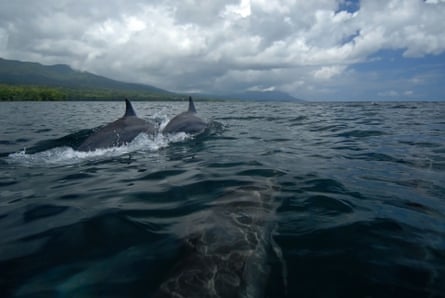
“Tetepare taught us that conservation isn’t just about protecting land,” she says. “It’s about protecting who we are.”
Elisabeth Holland, former professor of ocean and climate change at the University of the South Pacific, has worked with Soapi for more than a decade. She describes her as a “talented Pacific scholar and a science rock star”.
Holland says Soapi’s work – particularly in ocean acidification – has had significant impact, while her leadership has given emerging scientists a “clear career path and strong mentorship to help secure ocean sustainability for the region”.
Tetepare’s success has inspired communities across the Pacific. In 2012, the TDA won the prestigious United Nations equator prize, a global recognition of its community-led conservation model.
“It shows that Pacific people don’t just inherit conservation models – we create them,” Soapi says.
Now working as a partnerships coordinator at the Pacific Community Centre for Ocean Science, she continues to advocate for indigenous knowledge and community-led approaches. Soapi remains deeply tied to Tetepare.
“I feel like I’m just one of many. I may have access to platforms and institutions, but the real work belongs to the Tetepare descendants. They are the true guardians of the island.”

 1 hour ago
2
1 hour ago
2

